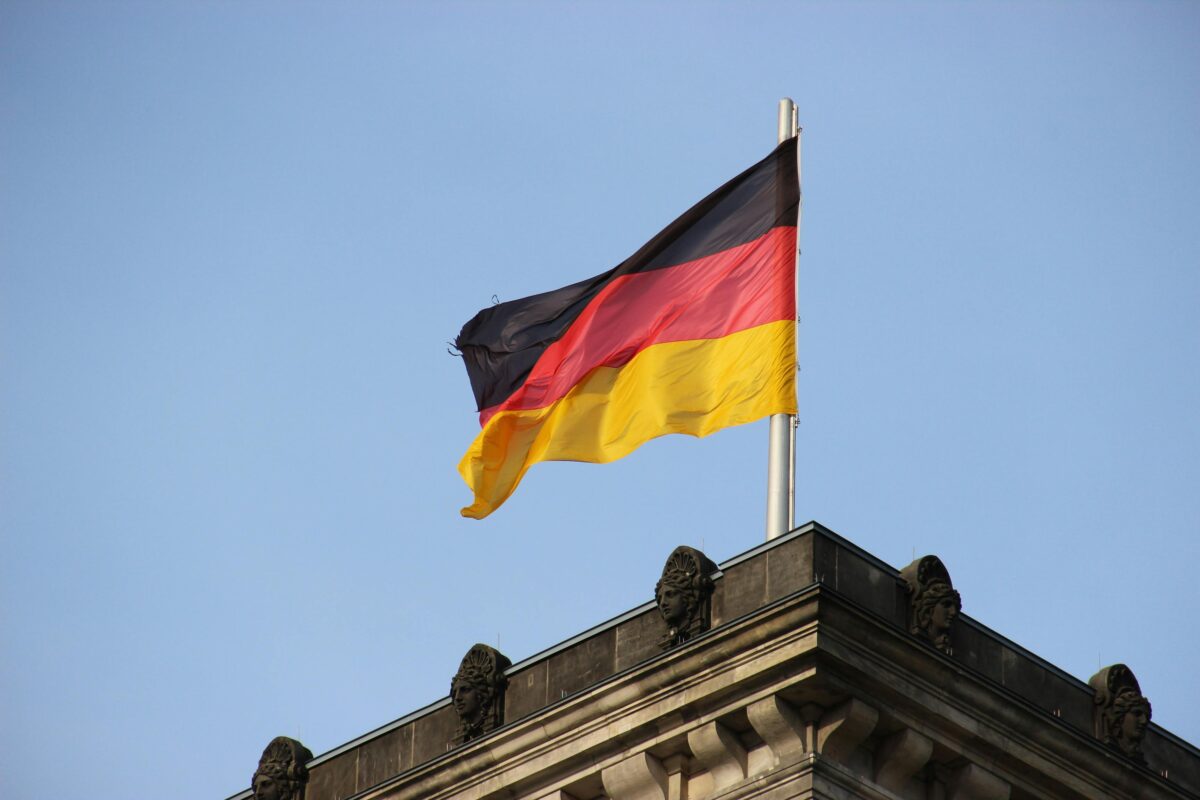
Germany skilled worker visa. Work in Germany. Germany plans to approve 200,000 skilled worker visas by the end of 2024, marking a 10% rise from last year. This increase comes as the country grapples with acute labor shortages and efforts to modernize its complicated recruitment system. While these reforms are welcome news for businesses, they come during a politically charged period, with upcoming snap elections in 2025.
The German government has streamlined visa processes, making it easier for migrants to work and settle in the country. Efforts to recognize foreign qualifications have also improved. These changes aim to address workforce gaps caused by an aging population and declining numbers of young people entering skilled trades. Despite this progress, Germany still faces hundreds of thousands of unfilled jobs yearly, with projections showing even larger shortages in the future.
Read also: New Income Limits for Midijob Employees in Germany: What to Expect in 2025
However, the political climate complicates the situation. The Social Democrat-led coalition has collapsed, with far-right anti-immigration parties like Alternative for Germany (AfD) gaining traction in state elections. These parties oppose increased immigration and have targeted businesses employing foreign workers. The business community has raised concerns that such rhetoric may deter skilled migrants, worsening labor shortages.
Meanwhile, the Christian Democrats (CDU/CSU), polling ahead for the February 2025 elections, have adopted a stricter stance on immigration. They propose measures similar to Italy’s offshoring asylum processing. This signals that, regardless of the election outcome, tighter immigration controls may be on the horizon, potentially challenging Germany’s efforts to attract skilled labor.
